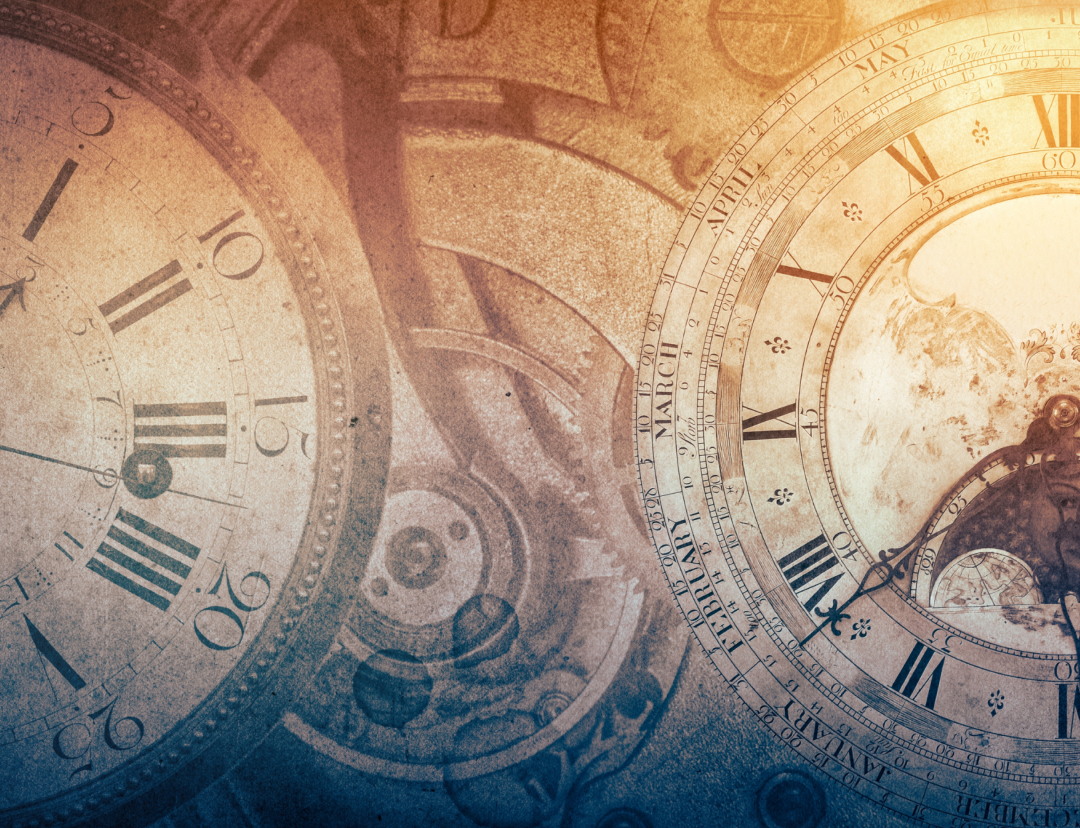It has been two years since Christopher Nolan's film "Oppenheimer" captivated audiences as a box-office hit in the summer of 2023. The film, which is noted for its historical accuracy, continues to spark discussions and memes about the events surrounding the atomic bomb and the decisions made during World War II. The story of Los Alamos, New Mexico, where scientists worked on the Manhattan Project, remains a significant chapter in history, marking a pivotal moment at the dawn of the Jet Age.
The film portrays a group of scientists tasked with creating a weapon of unprecedented power. Their success in developing the atomic bomb has led many to consider its impact on the 20th century as monumental, with the actual use of the weapon often seen as a defining moment. However, the historical record of these events is still evolving. Recent updates from the National Security Archive (NSA) highlight new documentary materials related to J. Robert Oppenheimer and the bombings of Hiroshima and Nagasaki.
The NSA has compiled a "briefing book" of primary sources over the past two decades, which is regularly updated with newly declassified documents. The latest update, released in 2025, includes intriguing materials that provide further insight into the decisions surrounding the atomic bomb. One notable document is a letter from William S. Parsons, a navy officer who led the ordnance group at Los Alamos. Parsons was instrumental in the design of the "gun" mechanism used for Little Boy, the bomb dropped on Hiroshima, and he was also part of the mission that delivered it.
In his September 1944 letter to Maj.-Gen. Leslie Groves, the head of the Manhattan Project, Parsons expressed his concerns about merely testing a nuclear weapon. At that time, plans for the Trinity test were being developed, and there was speculation about whether to invite representatives from Axis powers to witness the demonstration. Parsons suggested that the most effective test would be to detonate the bomb over Times Square, arguing that a demonstration in the desert would lack impact. He stated, "Even the crater would be disappointing," emphasizing the need for a more dramatic display.
Additionally, the new documents include a press release drafted by Oppenheimer on August 9, 1945, the day of the Nagasaki bombing. At that moment, Oppenheimer was still hopeful about the potential for nuclear weapons to foster international cooperation. He expressed a belief that the bomb could serve as a catalyst for bringing nations together, viewing peaceful collaboration as a "desperate necessity" in the wake of the bombings. Oppenheimer wrote the statement in the third person, representing the collective voice of the scientists at Los Alamos, and consulted with several colleagues before finalizing it.
These newly available documents contribute to the ongoing exploration of the complex legacy of the atomic bomb and the figures involved in its creation, including Oppenheimer himself.

 Canada News
Canada News

 Press of Alantic City Business
Press of Alantic City Business WMUR Politics
WMUR Politics The List
The List CBN Christian World News
CBN Christian World News